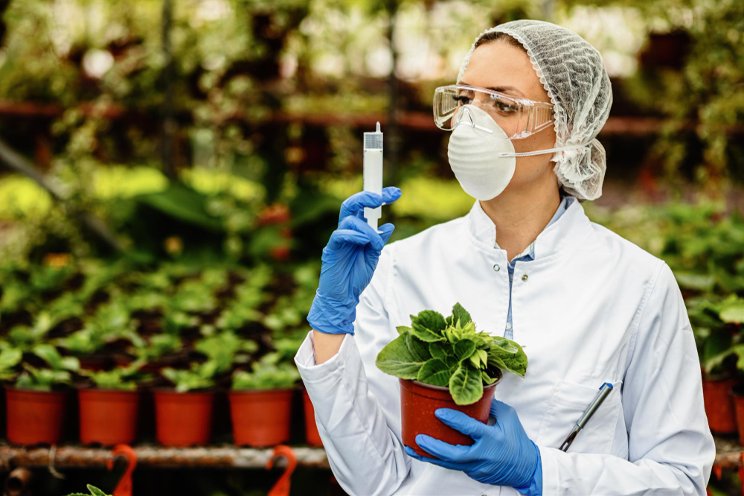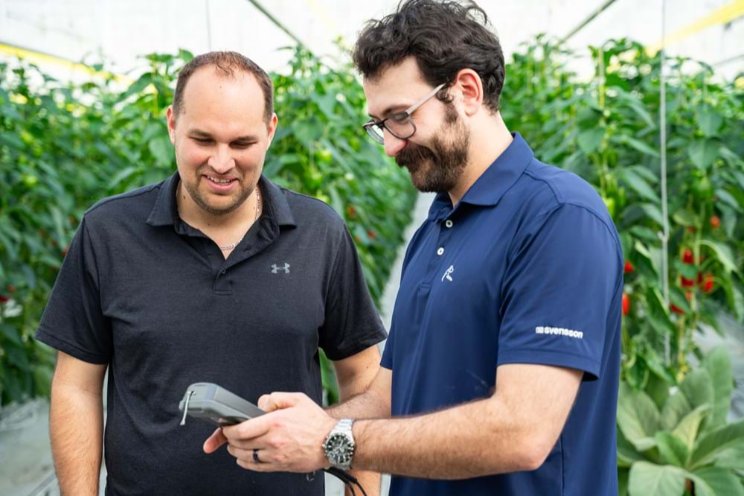Traditional and digital diagnostic tools for the horti trade
Added on 23 January 2024

Many plant and pest problems can be accurately diagnosed with the naked eye. Others are more elusive and must be confirmed with additional diagnostic tools and/or assistance. What tools are in your diagnostic toolbox? A recent e-GRO alert from Beth Scheckelhoff of The Ohio State University outlines a few basic diagnostic tools to consider including in your toolbox.
- Magnifiers. One of the most essential diagnostic tools is the loupe or magnifier. This simple tool can be carried in your pocket or around your neck. Loupes are designed to be held or worn close to your eye and are used for reading small print, examining jewelry, and viewing plants and insects.
- Traditional Microscopes. For general diagnostics such as insect or disease identification, a dissecting (also called stereo) microscope is often used. Dissecting scopes are versatile and offer three-dimensional images at low magnification (usually 5 to 45x).
- Digital Microscopes. The digital microscope is one of the best tools to aid in pest identification. Digital scopes with varying magnification, portability, and image properties are readily available online, and are often marketed for jewelry, coin, or electronics inspection. Magnification can vary in price, but overall they provide a cost-effective tool for those working in the green industry.
Image by Drazen Zigic on Freepik
More news









